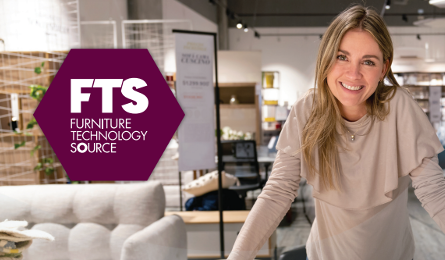Inertia is one of the most powerful forces in nature. As it applies to each of us, all things being equal, we continue doing what we are doing. We stay on the present path unless some significant event occurs, either from outside us or from within us, and even then, we are inclined to resist changing.
Furthermore, our brain is in a constant quest for pattern, routine and repetition. The brain is all about improving efficiency and effectiveness as it processes and filters what life brings to our doorstep. From each of these spawn habits — good and not so good. Habits are automatic responses to a given stimuli.
Again, it is all about becoming more efficient and effective. Our response does not require thought, it just happens. This leaves our brain to focus and process new stimuli.
So, the power of inertia and our brain’s natural tendencies make breaking habits, changing direction difficult. As a result, for most, change is an unwelcome presence even if it yields better, more desirable results. The comfort of habit is powerful. It is known. It is expected. Fear of the unknown is mitigated.
To break an ingrained habit, an automatic response, takes effort, commitment and an awareness that things need to change — that the given habit, or the path we are on, is no longer what we really want, despite how comfortable it may be.
There are value-added habits that we do not want to change — only improve upon. There are habits that are value subtractors that we know we need to change. Knowing and doing are two very different things. Acting is the critical step. Yes, awareness of the need to change is important, but it is not enough.
Herein lies the importance of our conscious pursuit of uncomfortableness. This is not some masochistic endeavor. Quite the contrary, it is part of the process of responding more appropriately in our effort to achieve more of what we really want. Meaningful progress, significant improvement demands that we embrace the uncomfortableness of new behavior.
Since the World Cup recently ended, I will share a personal example from years ago that I still carry with me. I began playing soccer in earnest in seventh grade. I loved it. I was good at it. However, at that time (well before soccer was really known in our country — 1970s), I kicked with my toe. In ninth grade, I qualified for the varsity team. The coach taught me that to maximize my potential I would need to learn to kick with the top of my foot (feet). I practiced and practiced. It felt strange. It was uncomfortable.
Yet I was committed to becoming better so I persevered. In a couple months it became second nature and took me to another level. My pursuit of uncomfortableness served me well.
It took breaking an ingrained habit — mentally and physically. It took commitment, overcoming frustration, patience and trust. It paid off, as it has many more times in life. Plus, this helps our brain function better. The more we learn, the more we break routine, the more we change, the more we improve our cognitive skills.
Actively pursuing uncomfortableness is an effective path to reducing our personal Noise. In fact, we need to become comfortable being uncomfortable as we challenge our normal. Recognition of the need to change, then acting on what we really believe is best, is the ticket. We are better for it, even if the results do not meet expectations, for we have been true to who we really are, grown and at our best.
What more is there?
Becoming comfortable with, even embracing uncomfortableness is how we learn, grow and become better. This is how we move closer to maximizing our amazing potential. Whether addressing our personal Noise, learning a new language, taking on new responsibilities, beginning an exercise regimen, eating better, taking time for oneself, whatever it may be, the feeling of uncomfortableness guides us to
the different, the new, the growth and the learning that creates a more complete life, a better life.
More to come.
Home News Now contributor Eric Easter is CEO of Indianapolis-based HNN 125 retailer Kittle’s Furniture.





